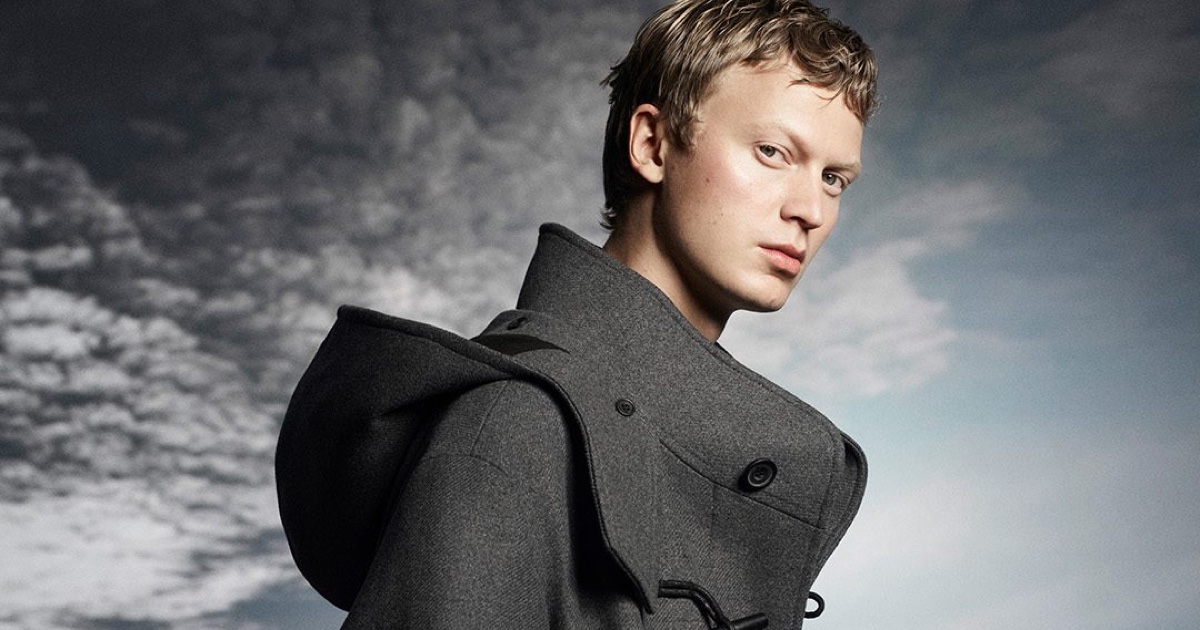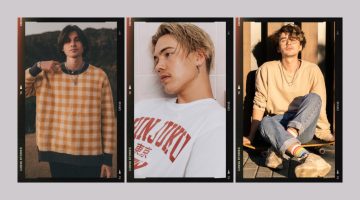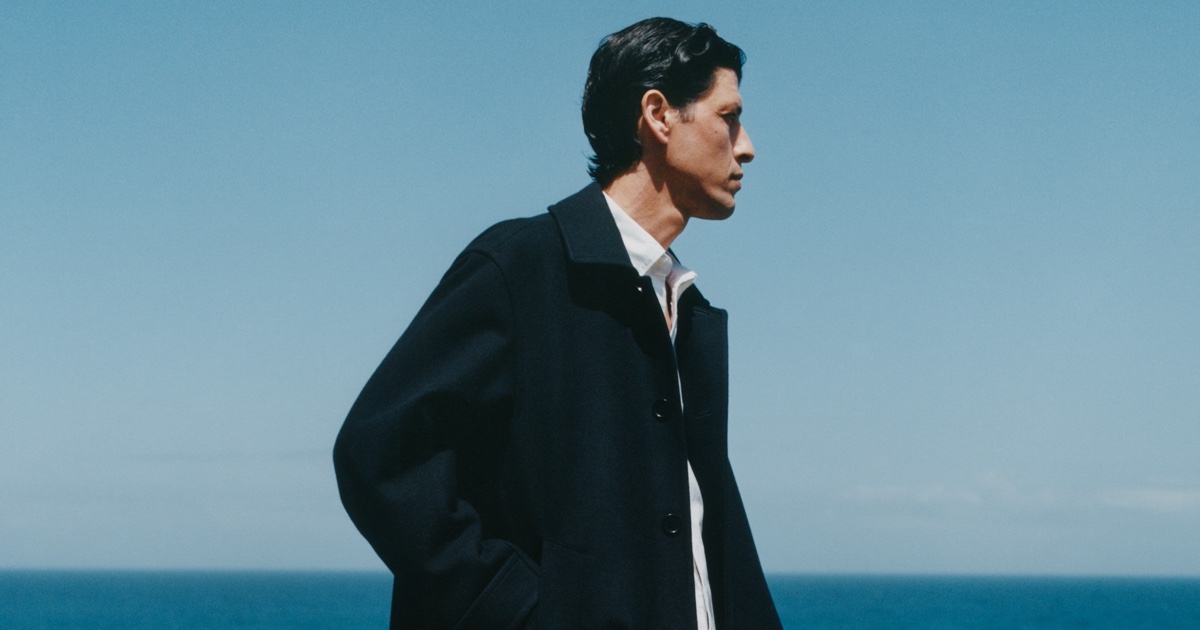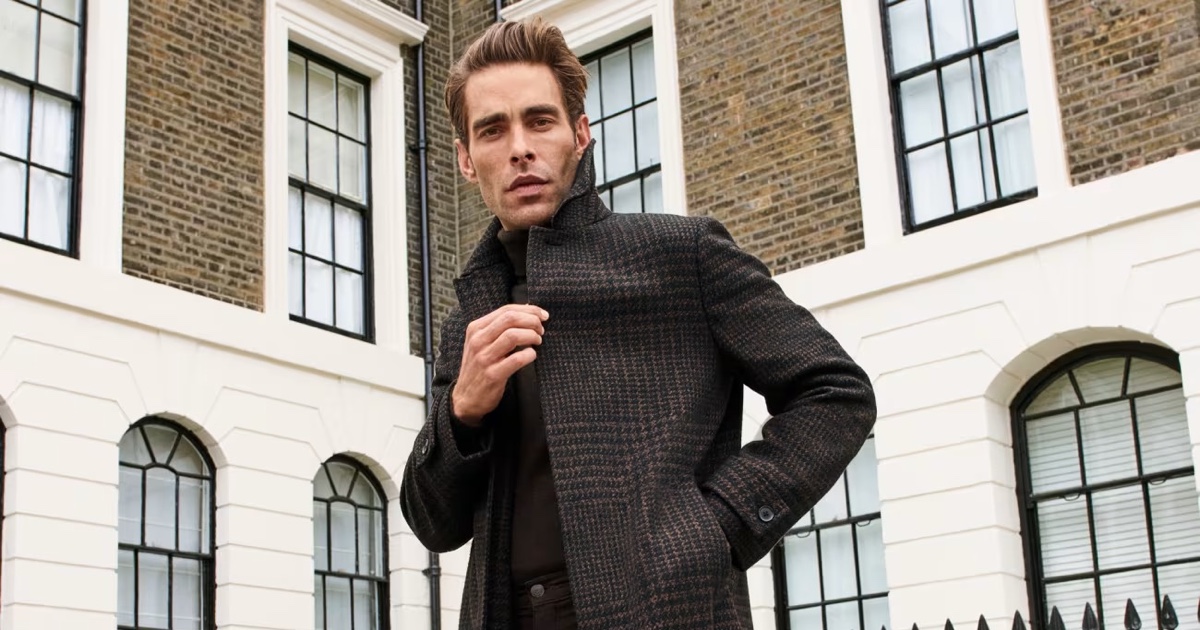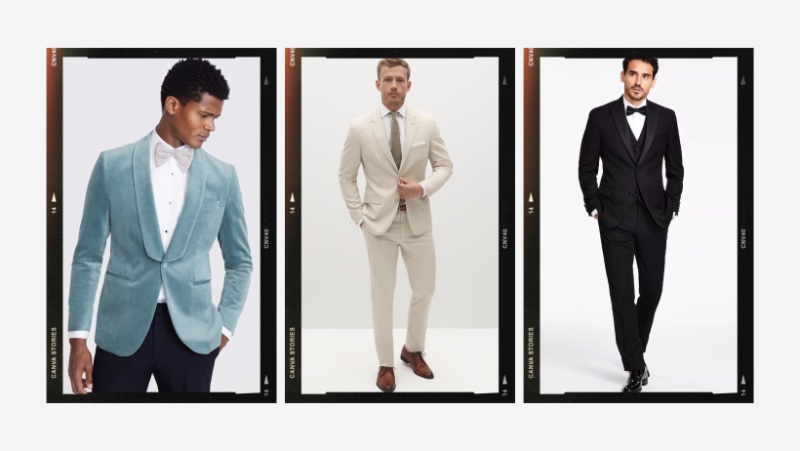
Formal attire for men is a well-assembled outfit ranging from a well-tailored suit to an elegant tuxedo, accompanied by a crisp dress shirt and accessories.
But make no mistake, this isn’t just about clothes. It’s a form of expression that transcends the threads and stitches, capturing nuances that words often miss. It’s a visual vocabulary that speaks before you do, setting the stage for every interaction.
In social and professional settings, your attire serves as your sartorial syntax, a set of style rules in a non-verbal conversation that amplifies or diminishes your presence. Think of it as a narrative you wear, a story told through lapels and cufflinks that shape how the world perceives you before you even say a word.
Formal Attire for Men
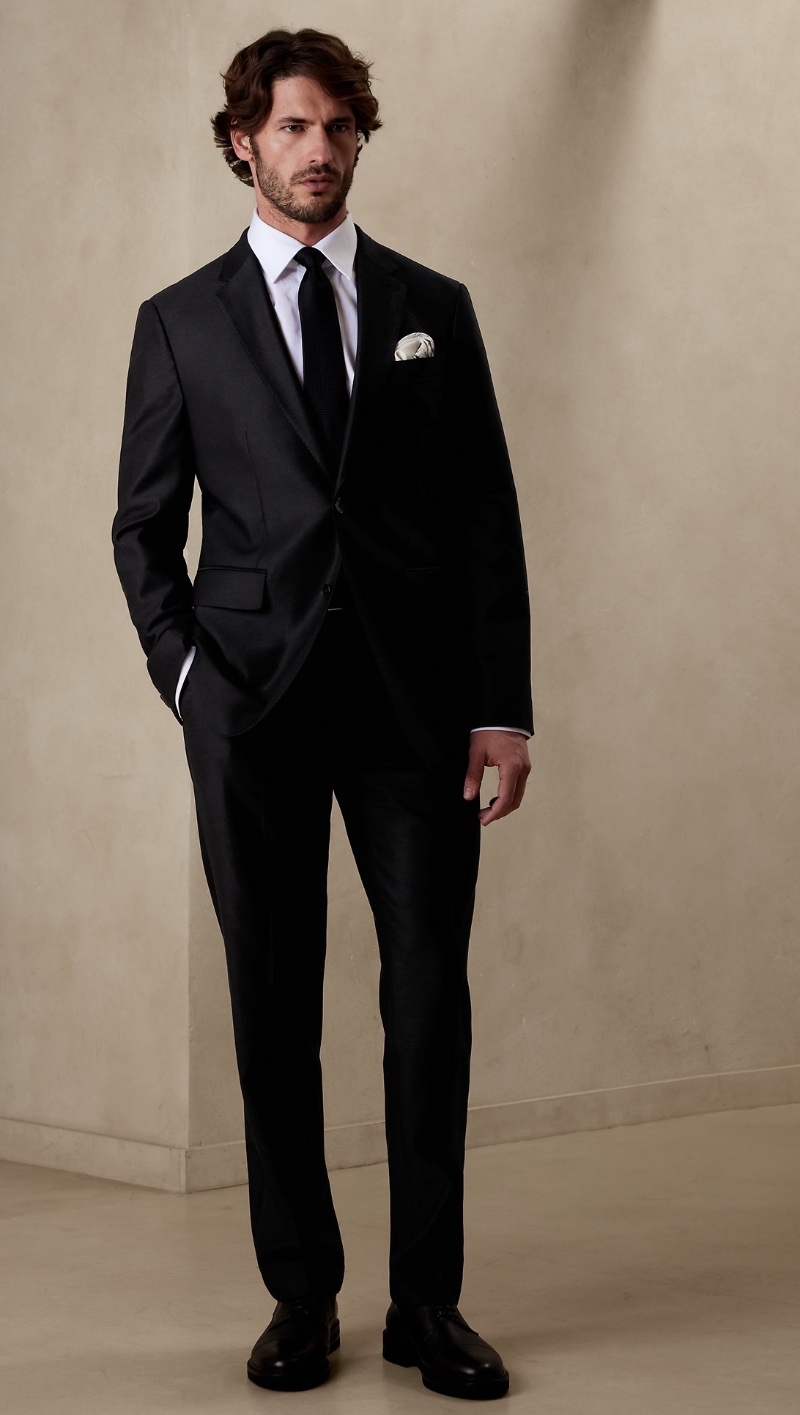
Each element of formal attire serves a specific role in the overall narrative of your look. The core ensemble lays the foundation, be it a suit or tuxedo, a dress shirt, or a tie.
Accessories like cufflinks, pocket squares, and quality leather shoes are the subtle details that complete the story, adding layers of complexity without overwhelming the plot.
Differentiating Between Suit, Tuxedo & Jacket
The suit, tuxedo, and jacket are the cornerstones of men’s formal attire, yet they are not interchangeable. Each has its own set of rules, occasions, and unique features that set it apart.
The Suit
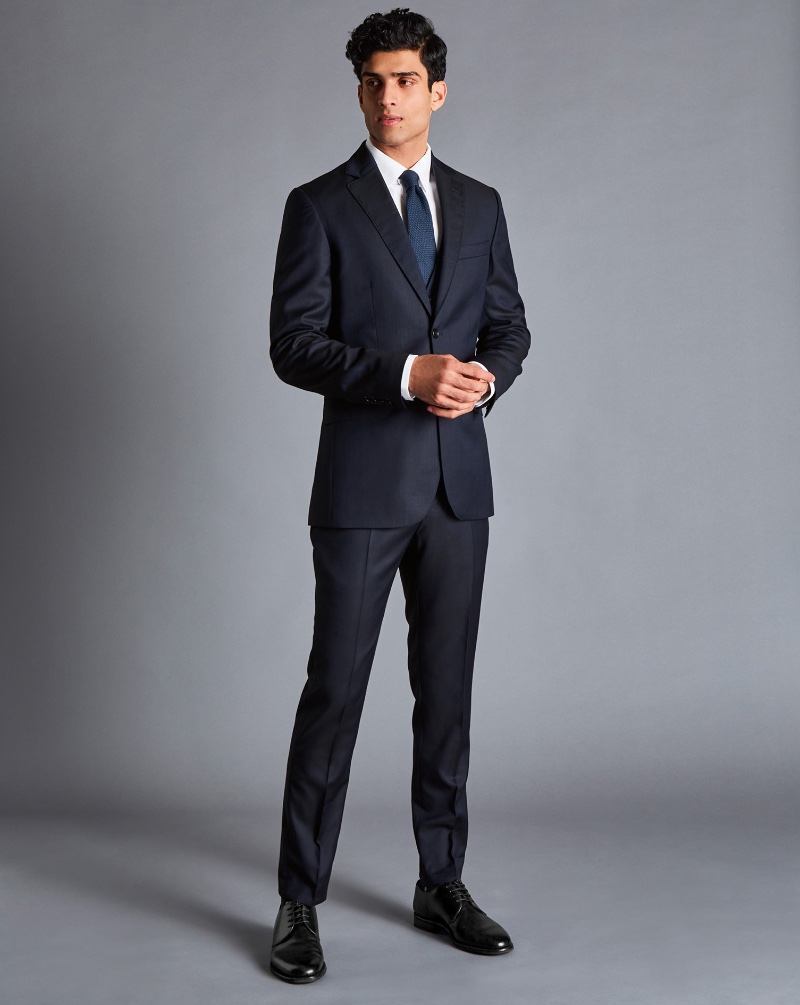
A suit is the workhorse of formal attire, versatile enough for business meetings, weddings, and upscale dinners. It’s defined by its matching trousers and jacket, often accompanied by a waistcoat in a three-piece iteration.
The Tuxedo
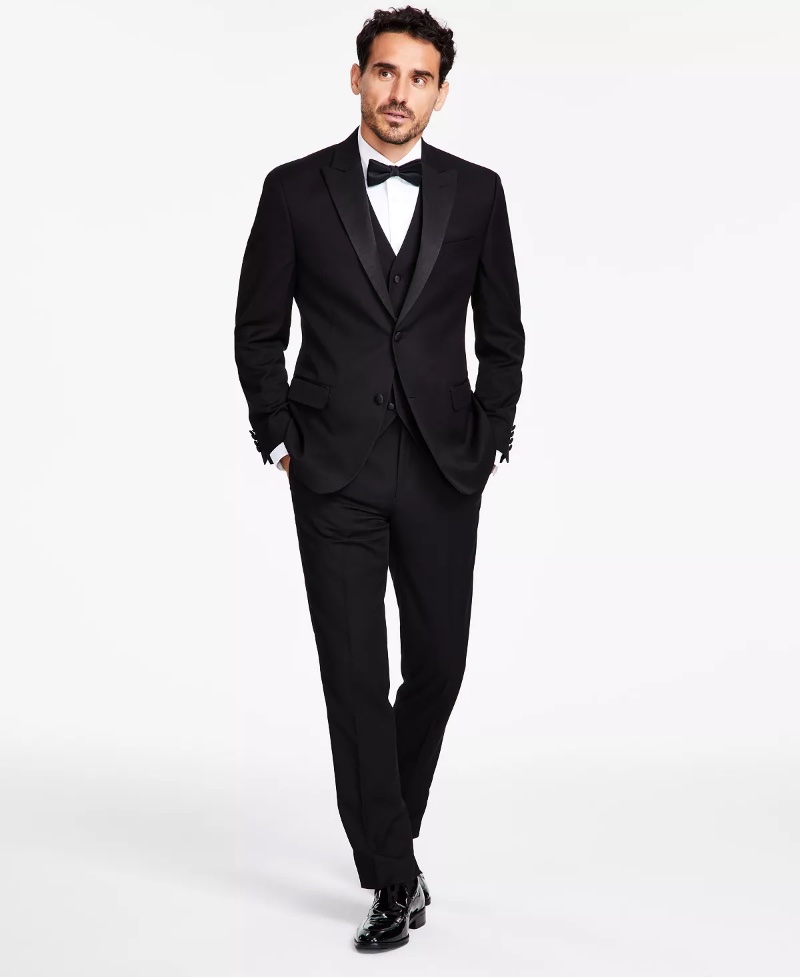
A tuxedo, on the other hand, is the epitome of evening elegance. Reserved for the most formal events like galas or black-tie weddings, a tuxedo often features satin lapels, a side stripe along the trousers, and no belt loops.
The Formal Jacket
The formal jacket is a category unto itself, offering a range of styles that each carry guidelines and suitable settings. Unlike the suit or tuxedo, which come with predetermined expectations, the formal jacket offers a canvas for individual expression within the bounds of formality.
The Blazer
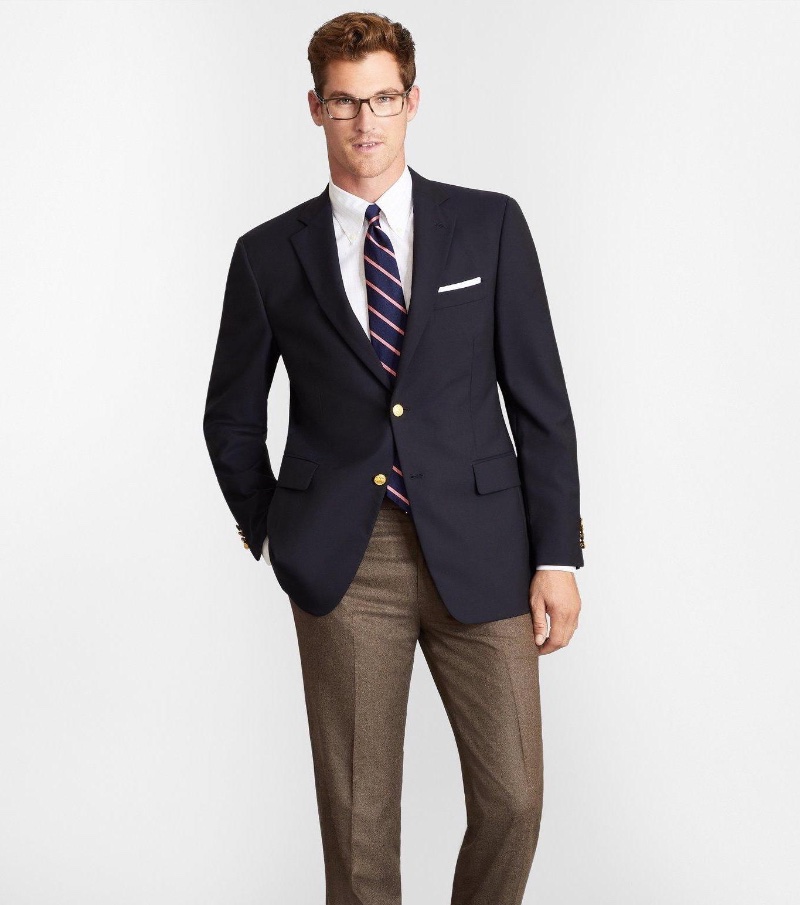
The blazer is a versatile jacket with modern iterations in various colors and materials. It often has metal buttons and is suitable for events that require a touch of formality without the total commitment of a suit. Think of garden parties, yacht clubs, or even upscale casual Fridays at the office.
The Sports Coat
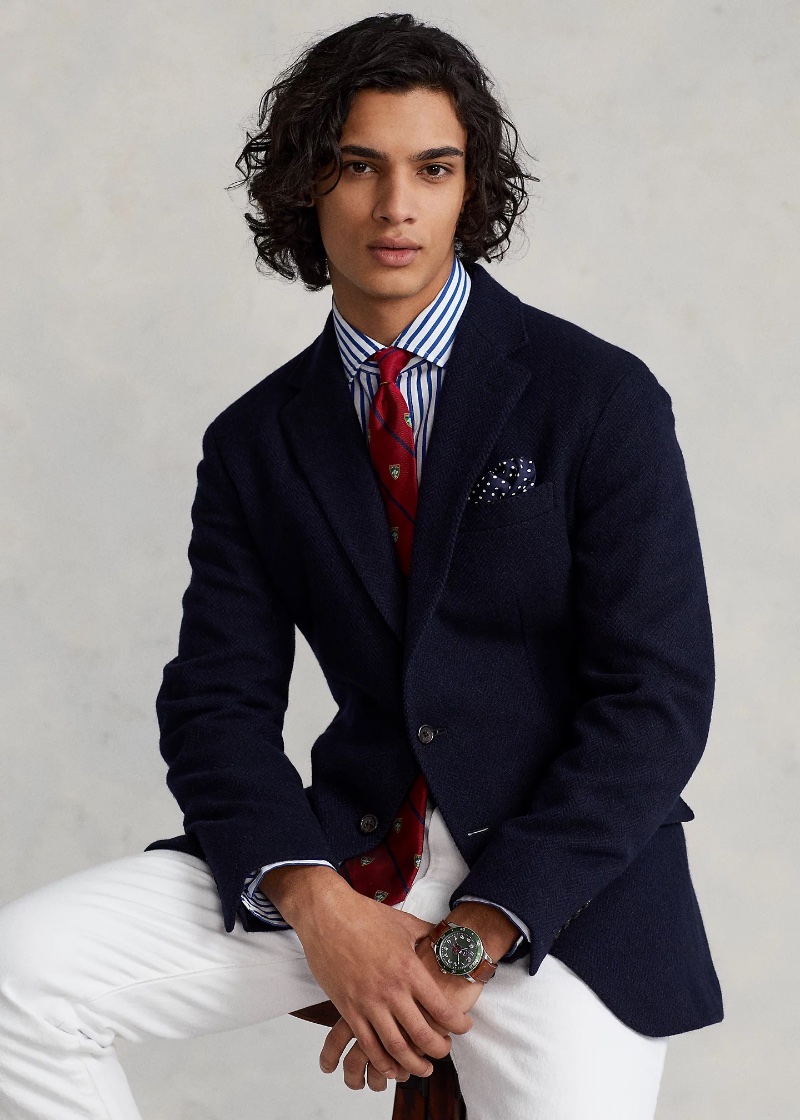
The sports coat is the most relaxed among the formal jackets. A looser fit and textured fabrics like tweed or houndstooth often characterize it. While it may not be the choice for a black-tie event, it’s perfect for less formal gatherings where you still want to present a polished image.
The Dinner Jacket
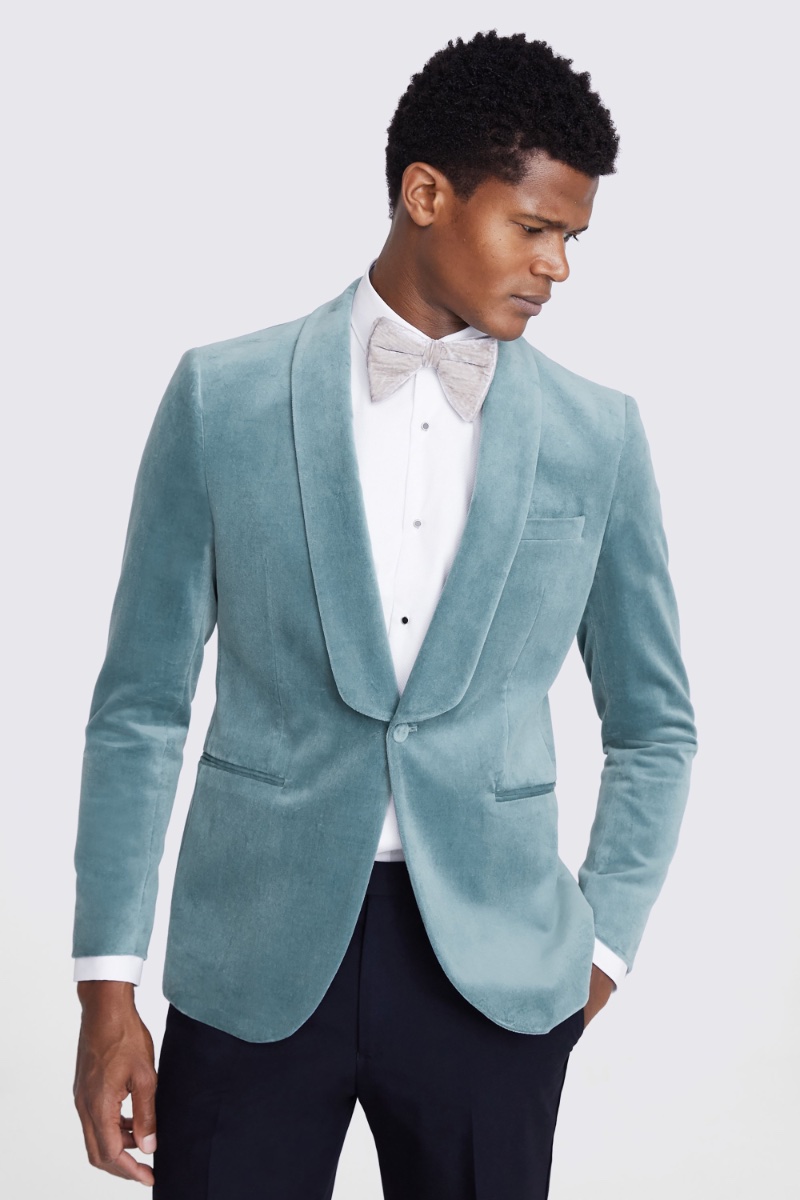
The dinner jacket is the epitome of evening sophistication. Traditionally worn for formal events but not quite reaching the level of a full tuxedo, the dinner jacket often features luxurious fabrics like silk or velvet.
It’s the go-to for events like cocktail parties or intimate dinners where the atmosphere calls for something unique but not overly ceremonial.
The Hybrid
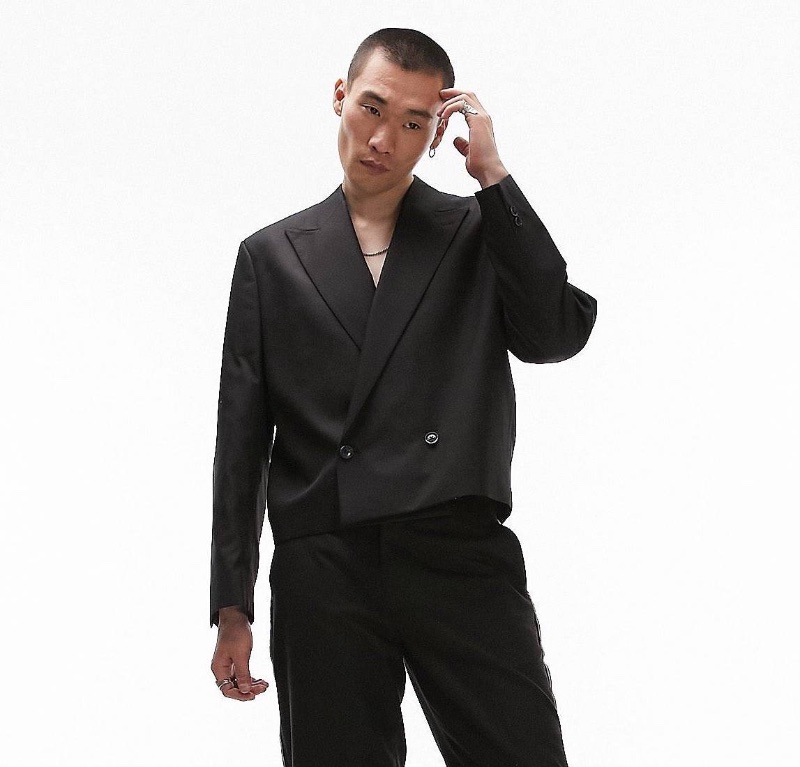
In recent years, we’ve seen the emergence of hybrid styles that blend features from different types of jackets. These are for the man who likes to push boundaries while respecting formal attire rules. They offer a way to stand out subtly, adding a unique chapter to your attire’s story.
Choosing the Right Fit & Fabric
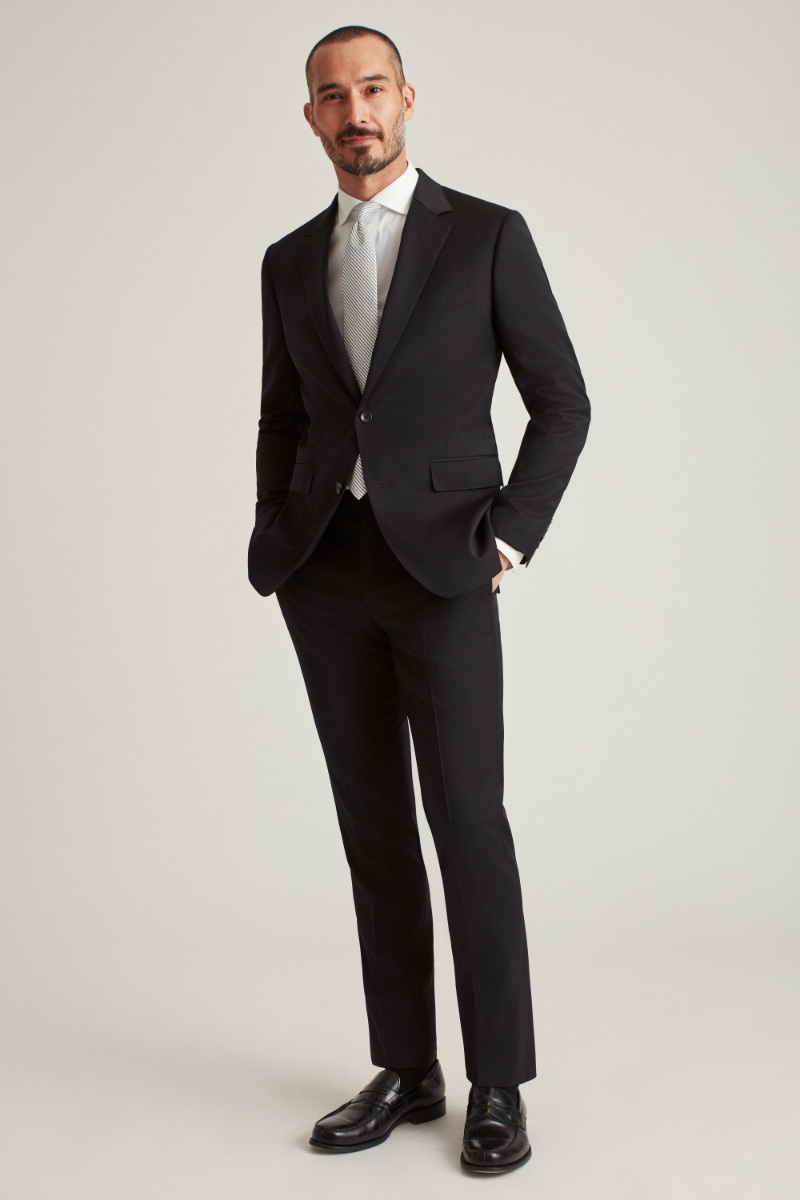
The fit is non-negotiable when it comes to formal attire. An ill-fitting suit or tuxedo can disrupt the visual harmony, no matter how expensive or well-made the pieces are. Don’t overlook the power of a fitted dress shirt.
This element frequently goes overlooked in formal outfits. If you are pressed for time to find the right fitting shirt then tailoring becomes more than just an option. It’s a necessity.
Fabric choice is equally crucial and varies with the seasons. In the chill of winter, opt for heavier wool blends or cashmere for added warmth and richness. Fall calls for medium-weight materials like tweed or flannel, offering comfort and a textured appearance.
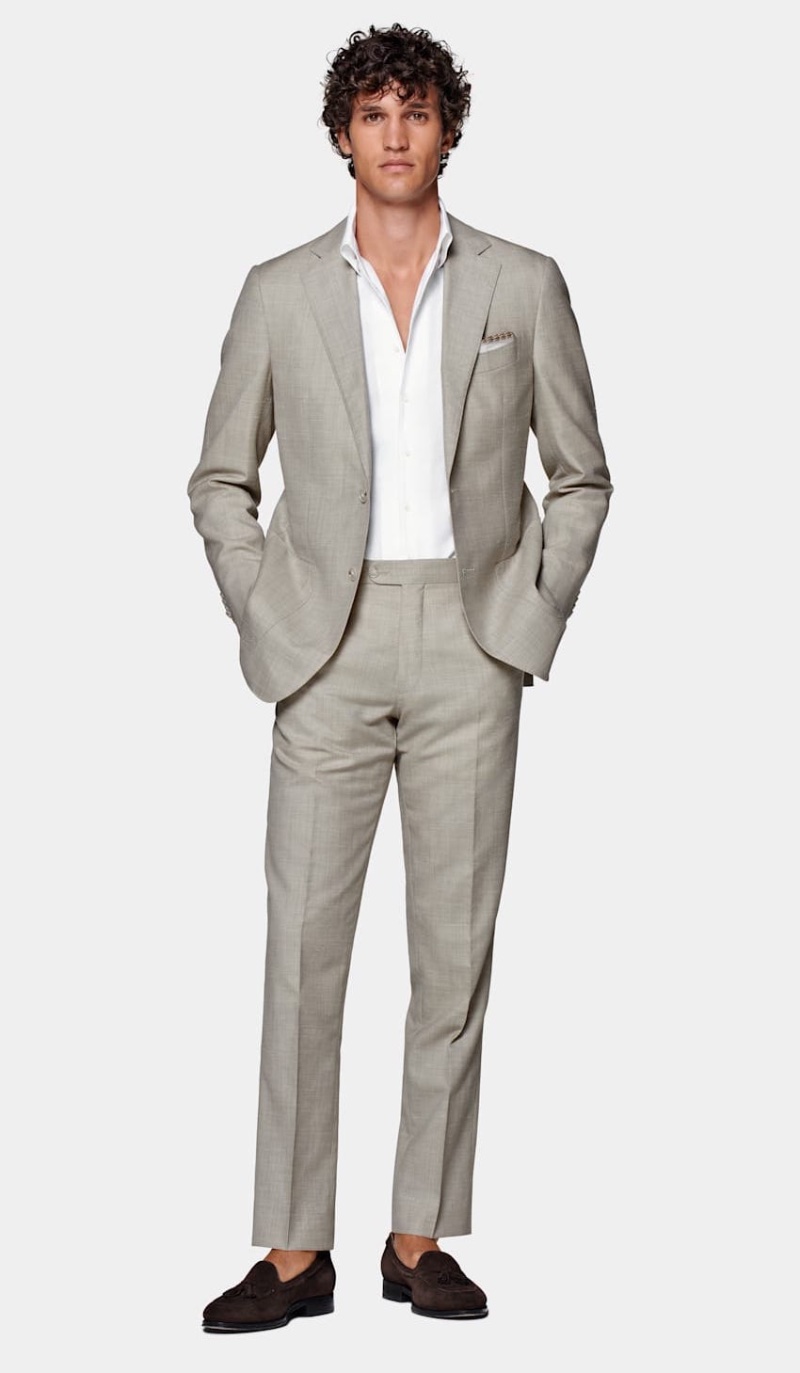
Spring invites lighter wool or wool-silk blends, providing breathability while maintaining a polished look. For summer heat, linen and cotton are your allies, offering maximum breathability and a more relaxed aesthetic.
The season, the occasion, and even the time of day can influence your fabric choice, making it an essential consideration in the narrative of your formal attire.
Suit Colors & Shirt Collar Styles
The palette of formal attire is a nuanced decision that communicates intent, mood, and occasion-appropriateness. Similarly, the style of a shirt collar is a detail that can subtly alter the entire look of an outfit.
Popular Suit Colors: Black, Navy & Grey
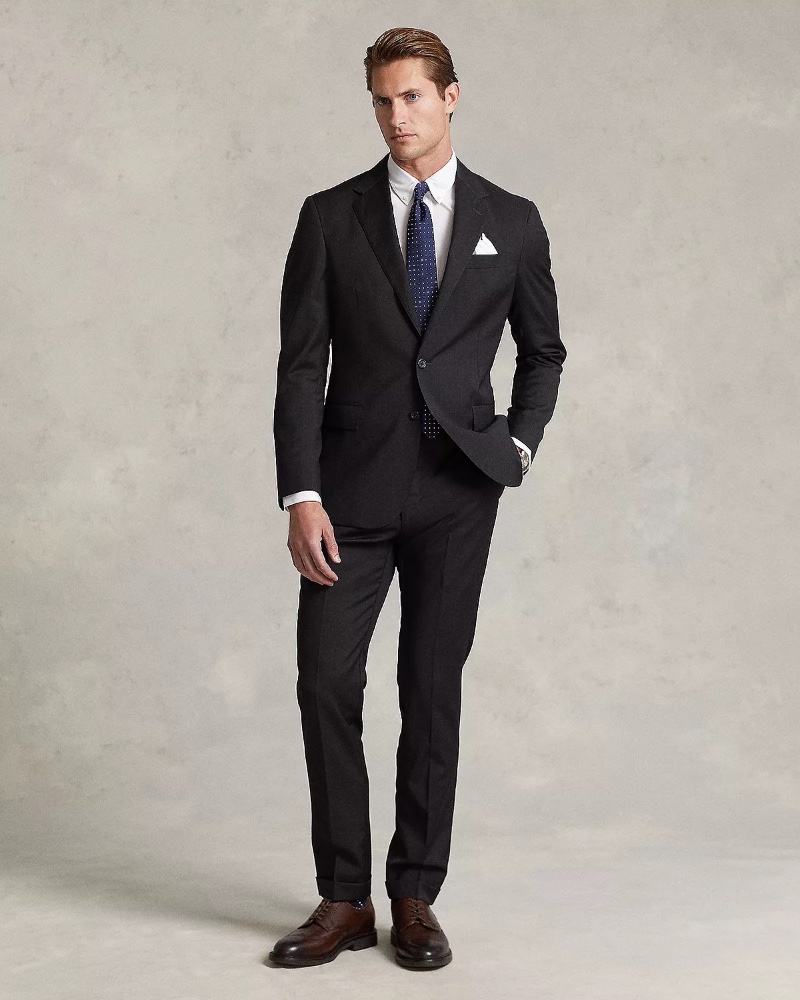
Regarding formal occasions, the trinity of suit colors—navy, black, and grey—reign supreme. Each color is a classic choice but is not interchangeable, as each carries implications and ideal settings.
The Significance of Suit Color
Black is often reserved for formal events, such as black-tie affairs, or solemn occasions like funerals. It’s the epitome of formality and tradition.
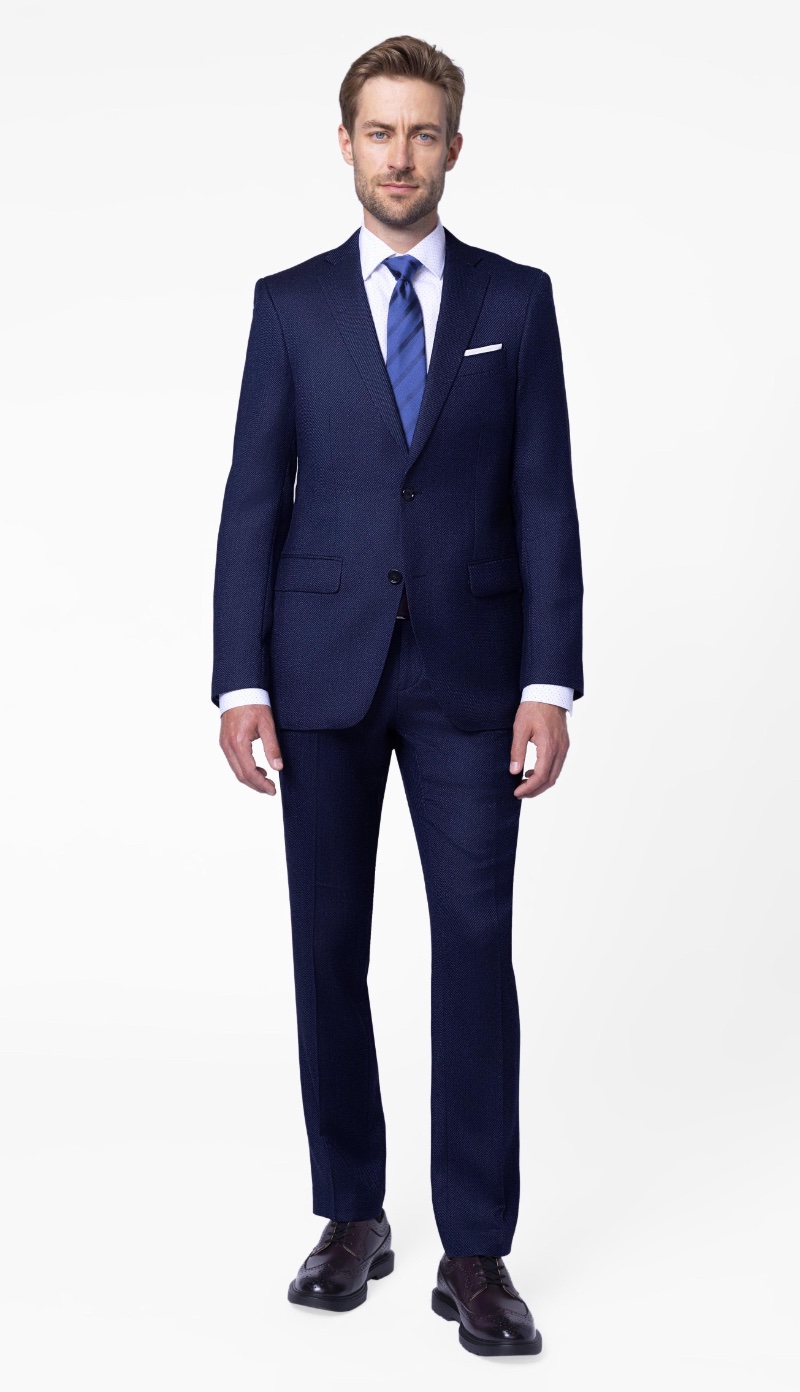
Navy, on the other hand, offers a touch more versatility. It’s equally at home in a business meeting as at a wedding, striking a balance between formality and modernity.
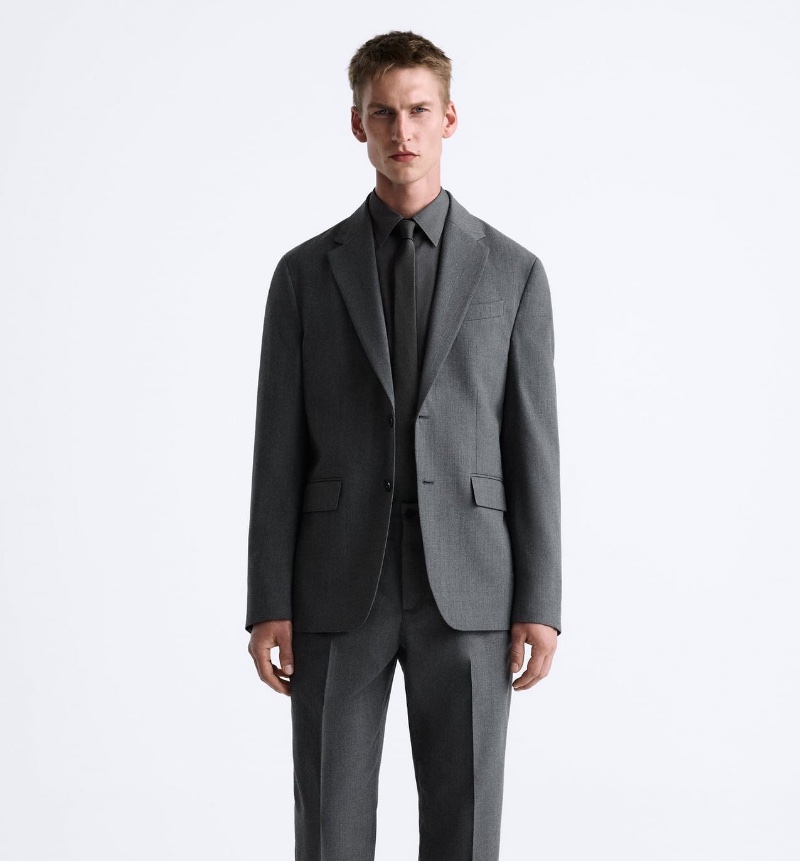
Grey suits are the chameleon of the formalwear world, easily adaptable and suitable for various events, from job interviews to cocktail parties.
Shirt Collar Styles
The shirt’s collar may seem like a minor detail, but it significantly impacts the overall look of an outfit. The two most common formal wear styles are the spread and point collars.
Spread Collars
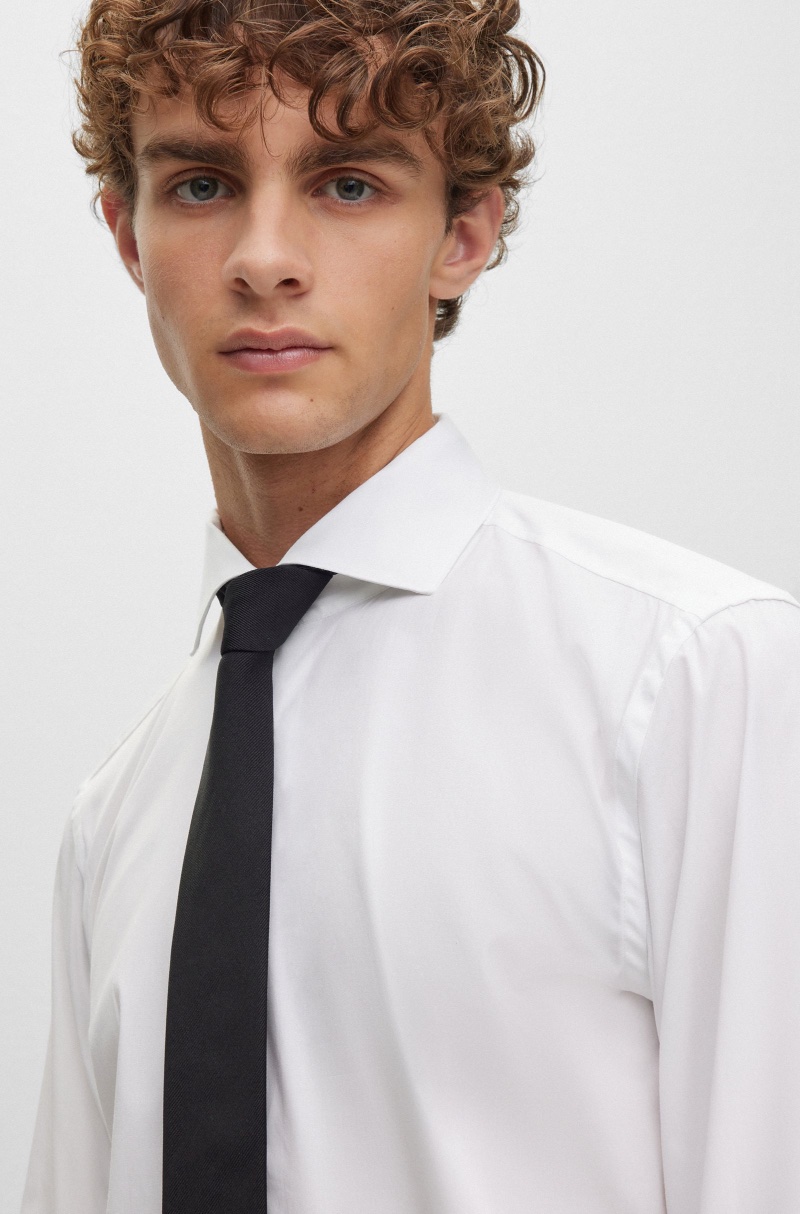
The spread collar has wider collar points that angle outwards rather than pointing down. This style is particularly suited for wider tie knots and is often seen as a modern, fashion-forward choice.
Point Collars
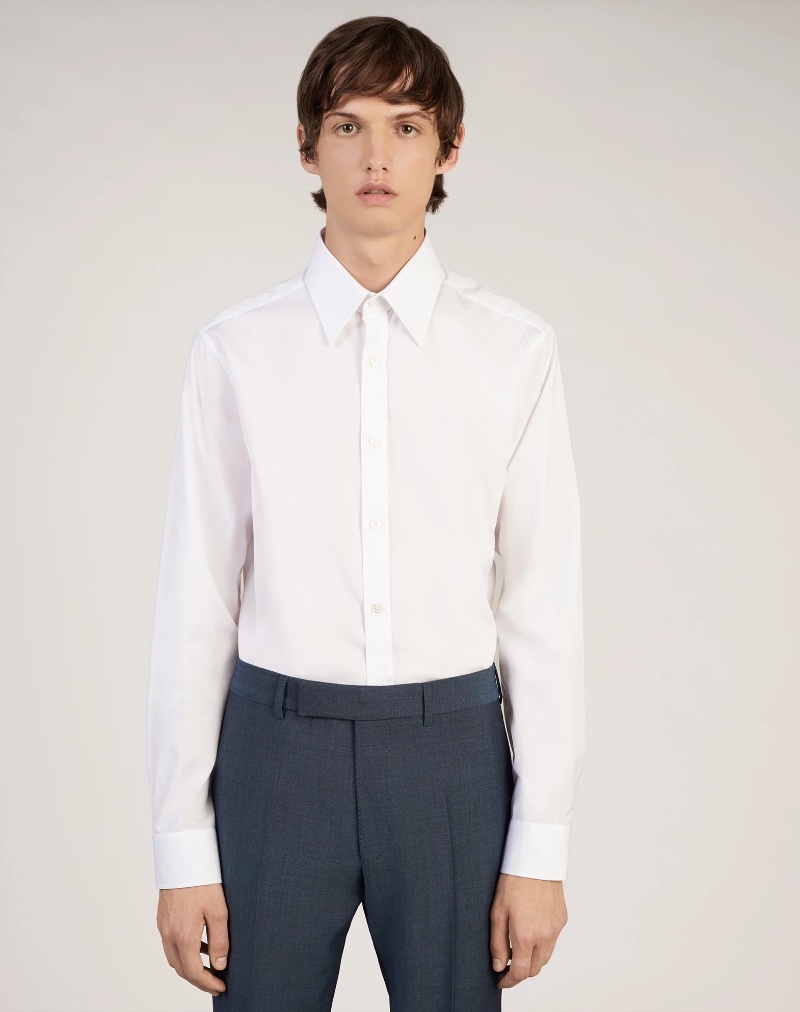
The point collar, by contrast, has narrower points that point downwards and is more traditional. It pairs well with slimmer tie knots and offers a more conservative look.
Dressing for Weddings
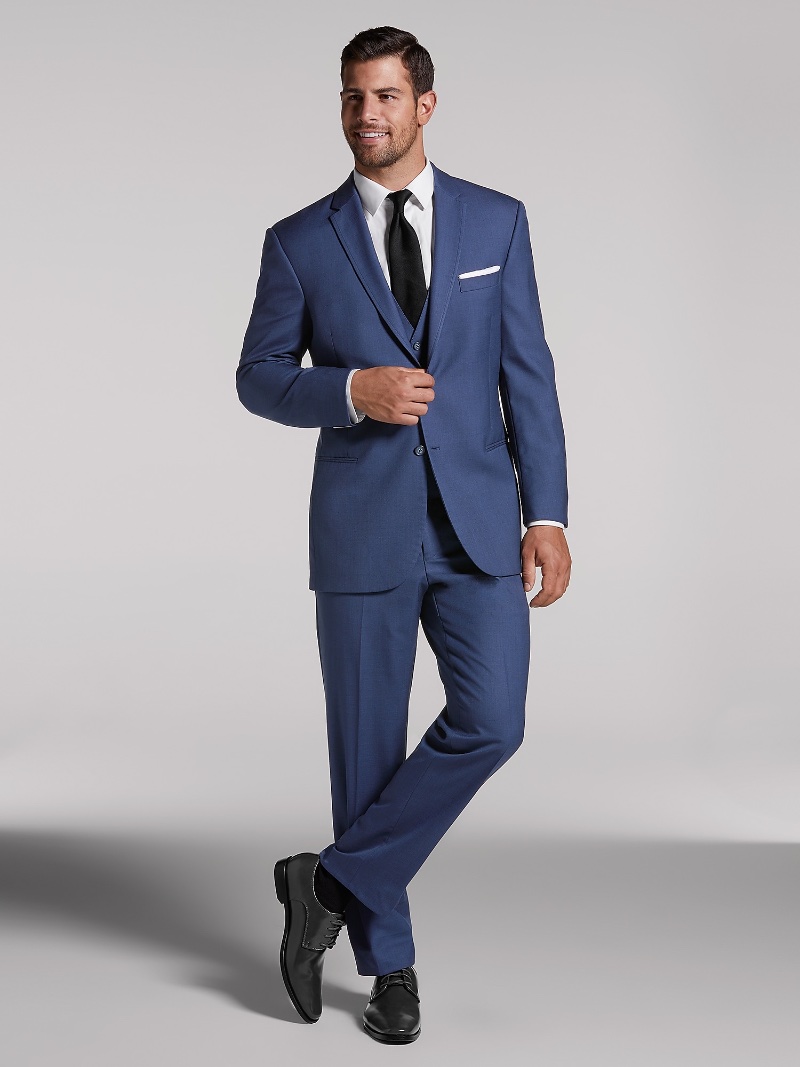
Weddings are not just a union of two people but a confluence of traditions, aesthetics, and personal styles. As such, the attire you choose to wear should not only meet the formal requirements but also harmonize with the unique elements of the occasion.
Appropriate Attire for Different Wedding Types
The setting of a wedding often dictates the dress code. Lighter fabrics and more relaxed styles are generally acceptable for a beach wedding. In contrast, a cathedral wedding usually calls for the pinnacle of formal attire, such as a black-tie ensemble.
Garden weddings, vineyard celebrations, and other outdoor venues offer more latitude, allowing suits in lighter shades or even tasteful sports coats for a smart-casual look.
Guidelines for Groomsmen & Guests
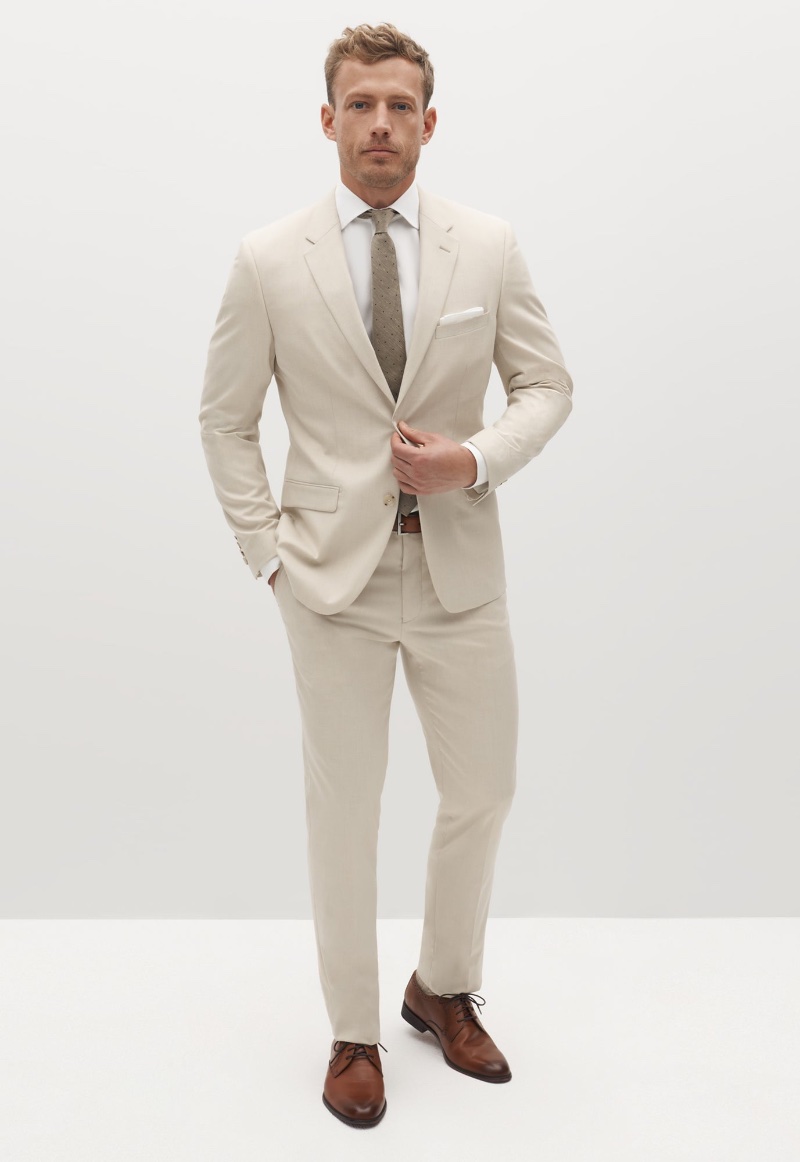
For groomsmen, the attire is usually predetermined by the groom and often aligns with the wedding’s overall theme or color scheme. It’s crucial to adhere to these guidelines to maintain a cohesive look in wedding photos and during the ceremony.
Guests, conversely, should aim for a level of formality that respects the day’s importance but doesn’t overshadow the bridal party. It’s always better to be slightly overdressed than underdressed when in doubt.
Matching Formal Attire with Wedding Themes
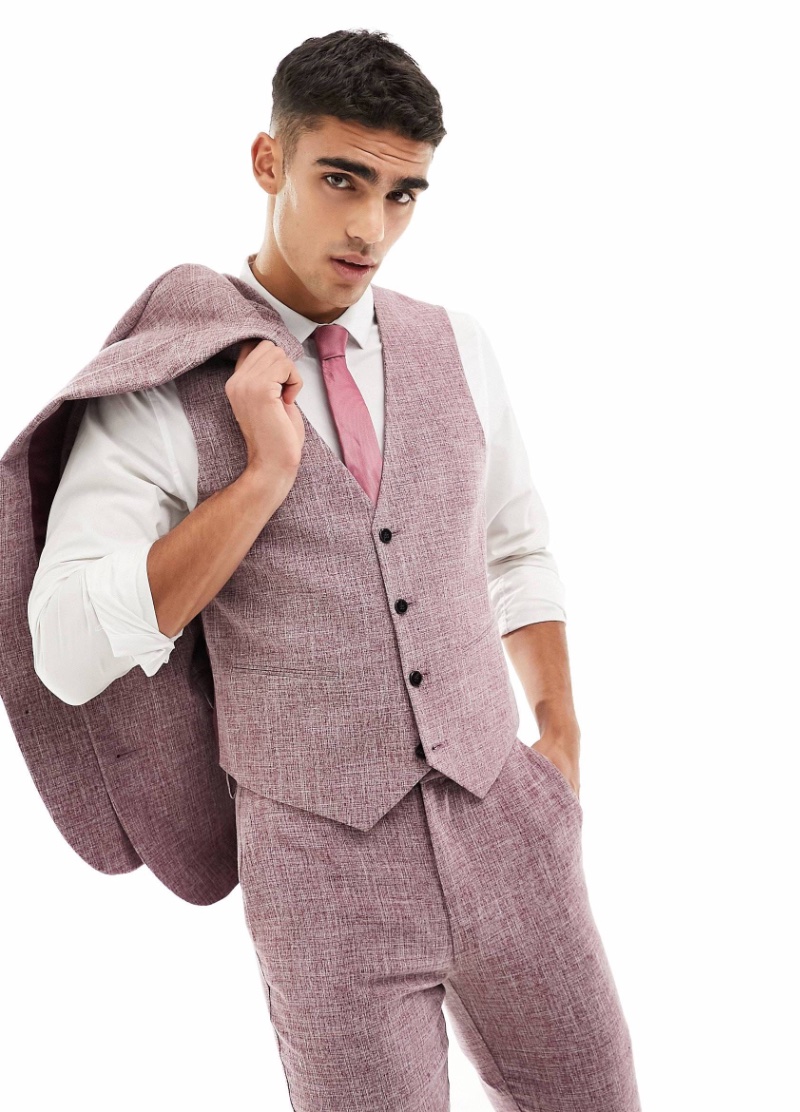
Weddings often come with a theme or color scheme, and while it’s not mandatory for guests to match these, doing so can add an extra layer of thoughtfulness to your appearance.
For example, a rustic barn wedding might be the perfect setting for a tweed sports coat, while a winter wonderland theme could be an excellent opportunity to don a charcoal grey suit with a subtle, festive tie.
Choosing the Perfect Shoes
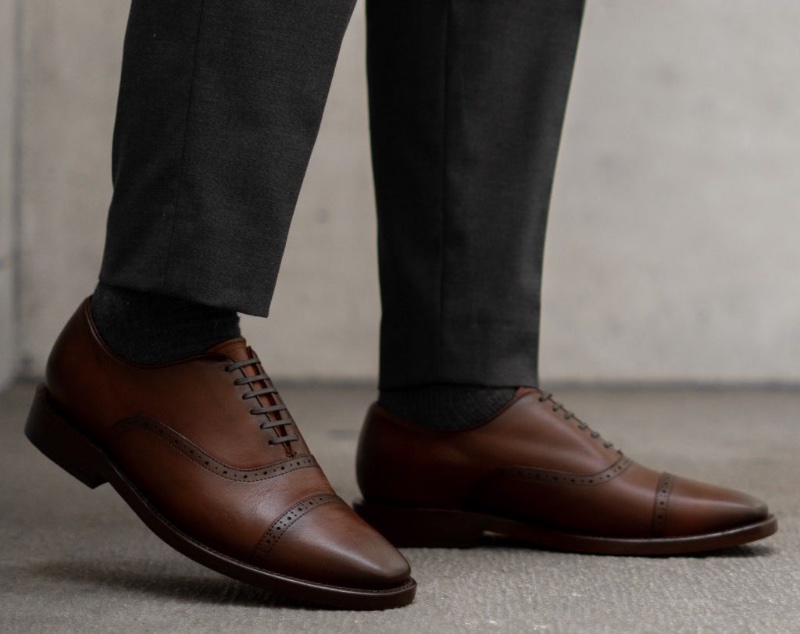
Shoes are often the most overlooked aspect of an outfit, yet they can make or break your entire look. Selecting the proper footwear in formal attire is essential.
Classic leather Oxfords in black or dark brown are a timeless choice for most formal events. For black-tie affairs, patent leather shoes offer that extra touch of elegance.
The season can also influence your choice. For instance, suede loafers might be more appropriate for a summer garden party, while polished leather boots could be a fitting choice for a winter event.
The Power of Accessories
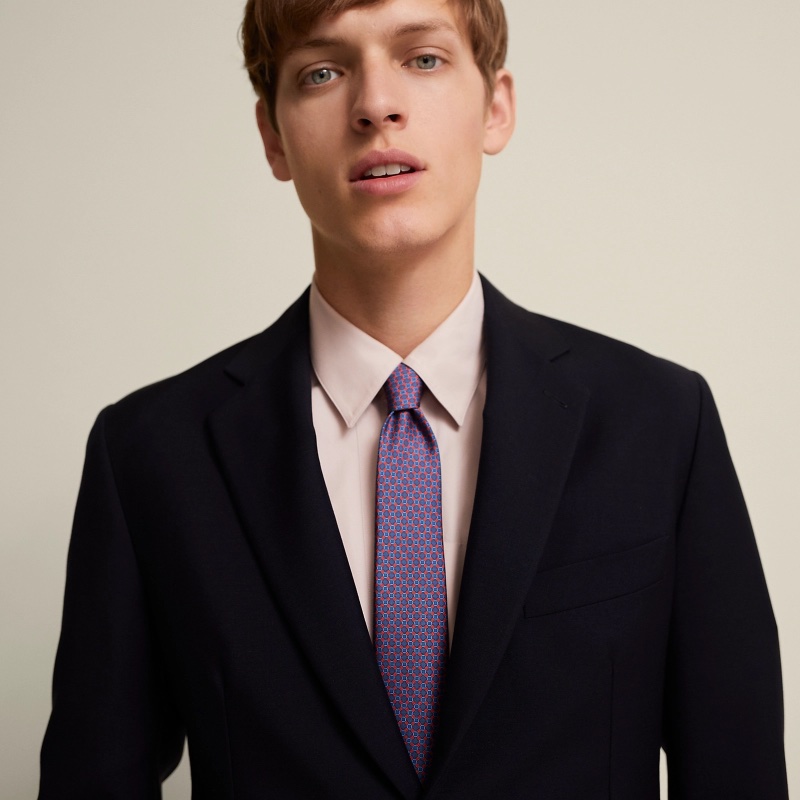
In formal attire, accessories are the punctuation marks that complete a sentence. They may be small in scale, but their impact is minimal. These finishing touches—a tie, pocket square, cufflinks, or wristwatch—amplify your outfit’s message, adding layers of nuance and sophistication.
Each accessory has its role in the sartorial narrative, and the options available for each type allow for ample personal expression:
For instance, a tie can serve as your outfit’s focal point. Whether you opt for classic silk, textured wool, or even a knitted variety, the tie draws attention to the face while adding a splash of color or pattern.
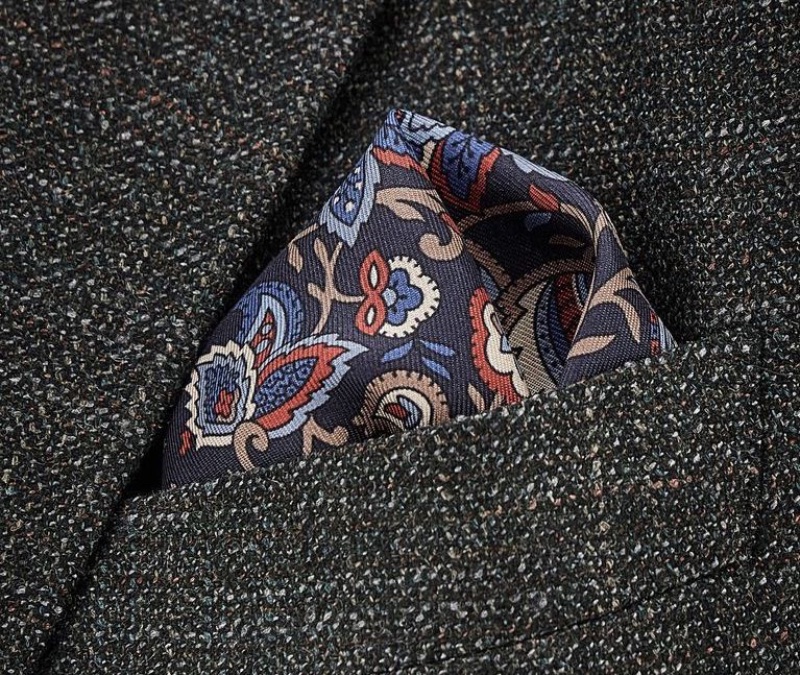
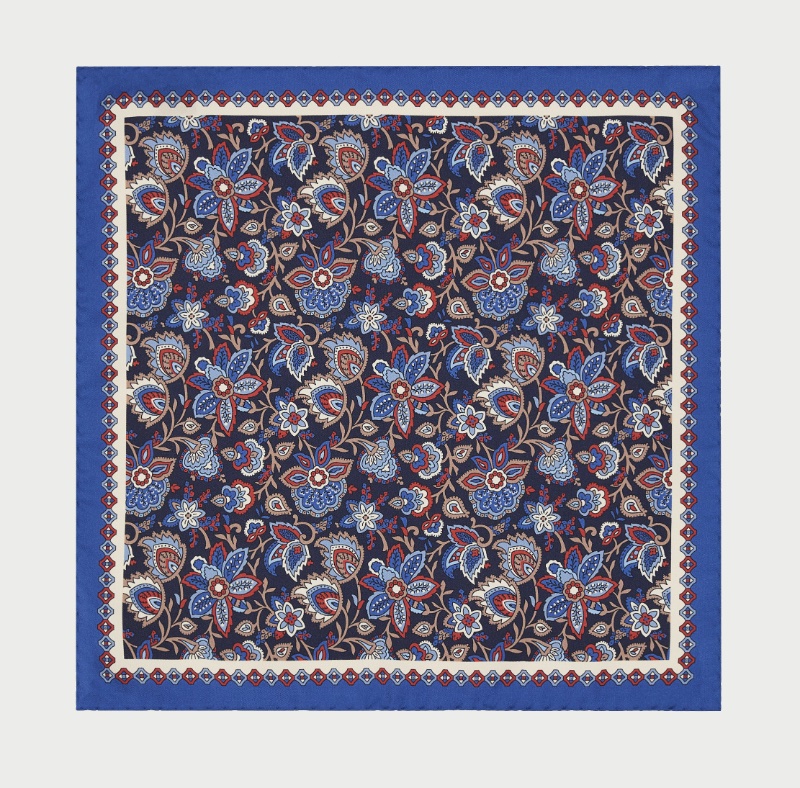
The pocket square offers a chance for subtle flair, and your chosen material can elevate this small but noticeable detail. Options range from silk’s formality to linen or cotton’s textured nuances.
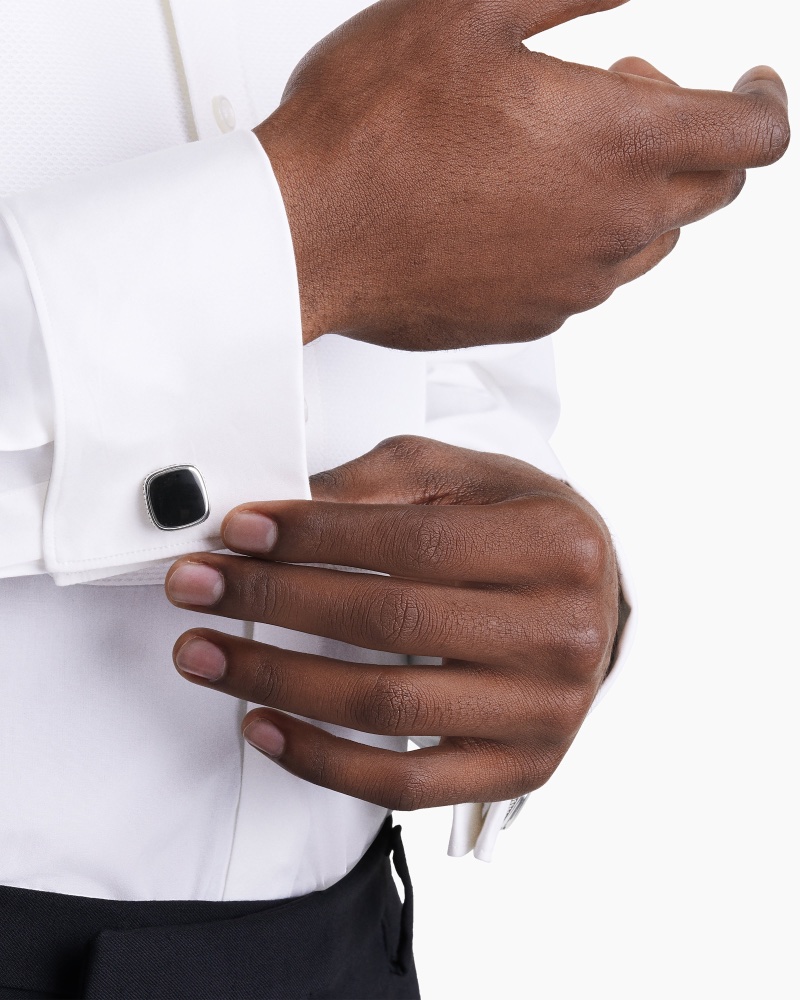
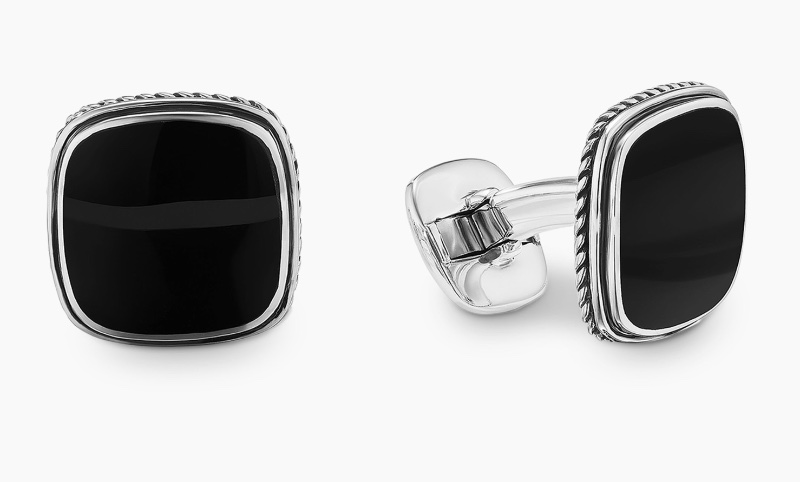
Cufflinks add a touch of luxury and personal style, often serving as conversation starters. The choices are vast, from classic silver or gold to more whimsical designs that reflect hobbies or interests.
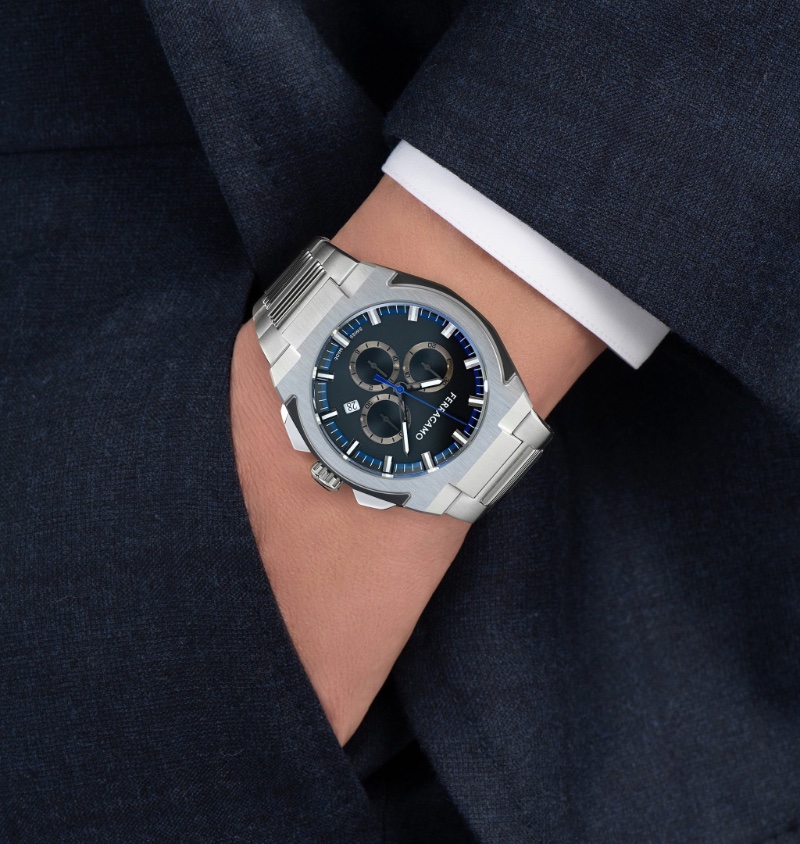
Finally, let’s pay attention to the wristwatch, a functional yet stylish piece that speaks volumes about your taste. Whether you prefer a sleek, minimalist design or an intricate timepiece, your watch can tell as much about your taste as your suit.
Coordinating Accessories
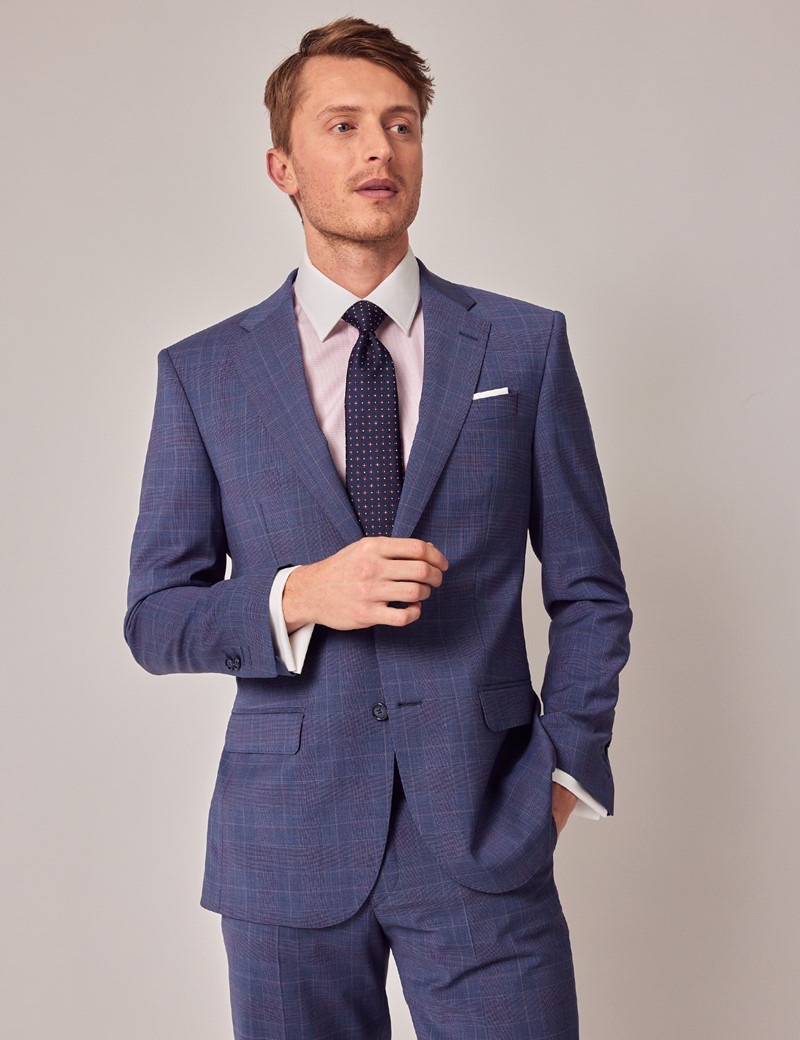
The art of accessorizing lies in coordination and restraint. While it may be tempting to showcase your entire collection, less is often needed. The key is to create a harmonious look where each accessory complements the other without competing for attention.
For instance, a solid pocket square in a complementary color can add balance if your tie is patterned. Similarly, the metal of your cufflinks should match the metal of your wristwatch to create a cohesive look.
Mastering the Art of Formal Attire
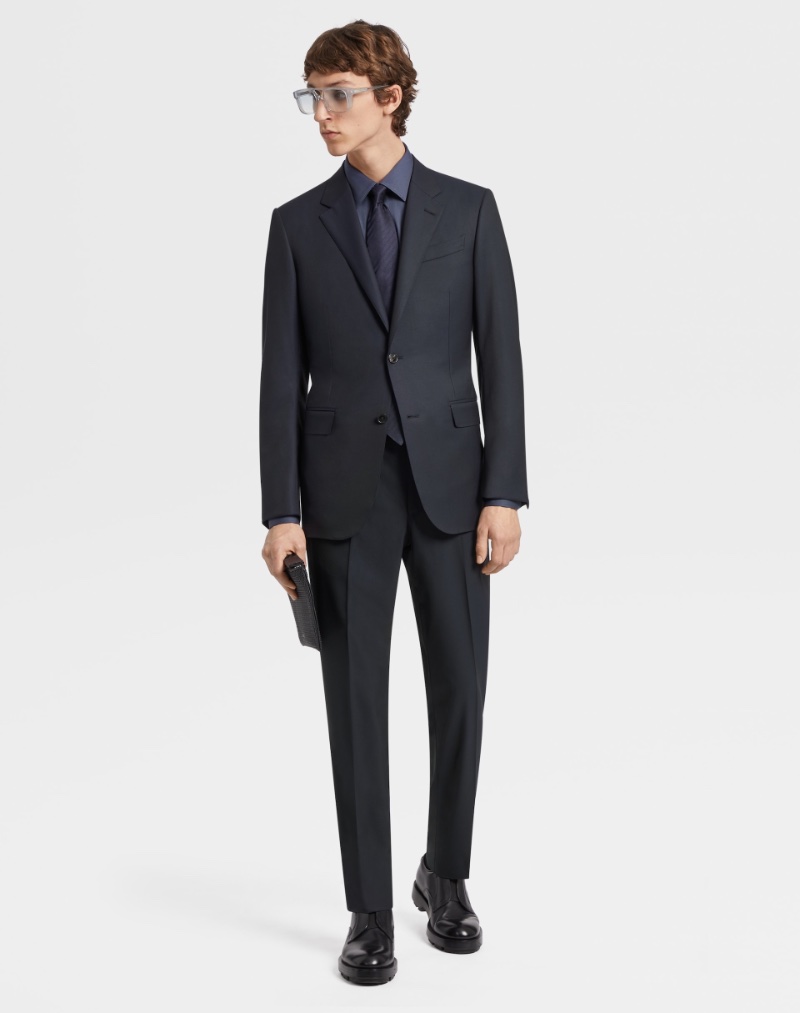
Regarding formal attire for men, remember that the devil is in the details. Whether it’s the subtle sheen of a silk pocket square or the precise tailoring that elevates even modest fabrics, these elements are your toolkit for perfection.
While guidelines exist, they’re just that—guidelines. Feel free to experiment within the boundaries of the dress code to inject your personality into a traditional look. Above all, the most vital element you can bring to any formal occasion is confidence. Your attire should be an extension of yourself, a tangible form of self-expression.
